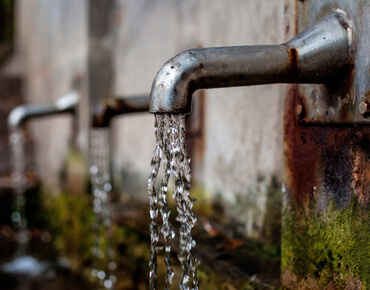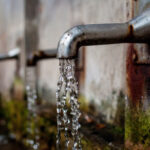
Clean water is a fundamental human right, yet millions of children around the world face the harsh reality of water scarcity and contamination. In this post, we shed light on the importance of ensuring access to clean water for children and the transformative impact it can have on their lives:
1. The Vital Role of Clean Water
Clean water is more than just a necessity; it’s the bedrock of life. For children, access to safe and clean water is critical for their growth, development, and overall well-being. It safeguards them against waterborne diseases, supports proper nutrition, and enhances their chances of thriving in every aspect of life.
2. Breaking the Cycle of Waterborne Diseases
Contaminated water sources are breeding grounds for waterborne diseases that disproportionately affect children in vulnerable communities. Diarrhea, cholera, and other preventable illnesses can have severe consequences on their health, leading to malnutrition, stunted growth, and, in extreme cases, mortality. Providing clean water is not just about quenching thirst; it’s about breaking the cycle of preventable diseases that can rob children of their futures.
3. Education and Empowerment
Access to clean water goes hand in hand with education. When children have reliable access to safe water sources, they are freed from the arduous task of fetching water over long distances, allowing them more time for education. By ensuring clean water in schools and communities, we empower children with the resources they need to attend school regularly, concentrate on their studies, and envision a brighter future.
4. Nurturing Health and Hygiene
Clean water is the foundation of good hygiene practices. Teaching children the importance of handwashing, proper sanitation, and personal hygiene becomes feasible when clean water is readily available. These habits not only protect children from illness but also instill lifelong practices that contribute to healthier communities.
5. Community-Led Solutions
Ensuring clean water for children requires collaborative efforts. Implementing sustainable, community-led solutions that focus on water infrastructure, purification systems, and educational programs is essential. By involving local communities in the process, we not only address immediate needs but also create lasting change that empowers communities to manage their water resources effectively.
Conclusion: Creating Waves of Change
Clean water for every child is not just a goal; it’s a commitment to creating waves of positive change. As a global community, we have the power to make a difference. Supporting initiatives that provide clean water access, raising awareness about water-related issues, and advocating for sustainable water management are tangible steps toward ensuring that every child can enjoy the benefits of clean and safe water.
Let’s become the ripples of hope that transform the lives of children, one drop of clean water at a time. Together, we can ensure a future where no child is denied the basic right to access clean water, paving the way for healthier, happier, and more empowered generations.


